A summary of the main points of Norman’s article.
https://jnd.org/the_future_of_design_when_you_come_to_a_fork_in_the_road_take_it/
Date: 27/02/2021
The purpose of traditional design is to make things more beautiful and so as to become a powerful force in industry. Contemporary design, with the research and development of scholars, its definition is no longer so shallow, and its purpose has changed substantially. It emphasizes the communication and interaction between people and the world, as well as research and experience, instead of being limited to the advancement of technology.The result of his revolution is what we call interaction design, and interactions with people and systems is another area, it is now called Service Design.
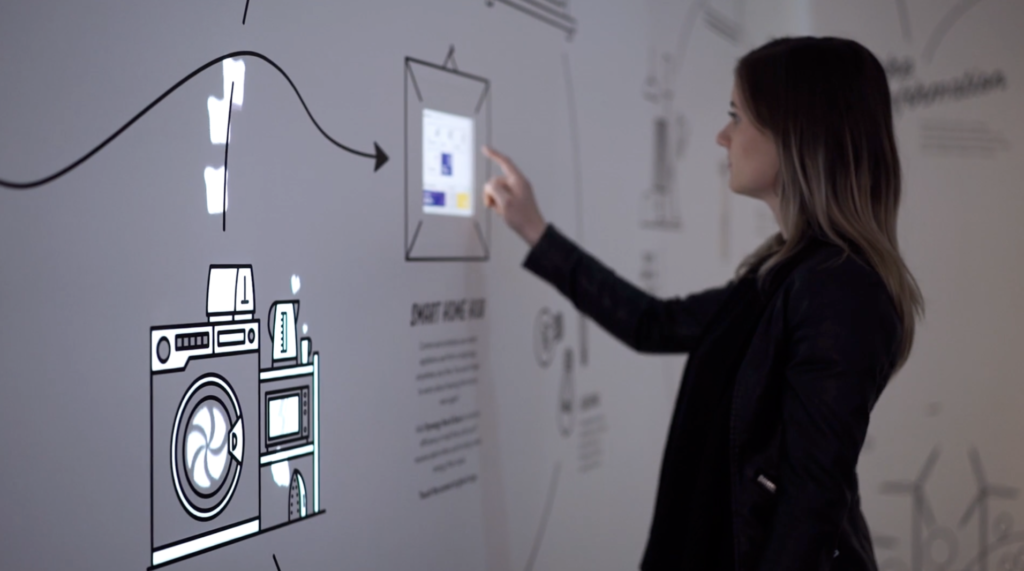
https://www.pinterest.com/pin/25192079155255897/
Service design era brings new blood to design area, It has accelerated the development of new design forms.Human-centered design is the most important of these new developments. The process of problem defining and problem solving brings more possibilities for deeper researching.
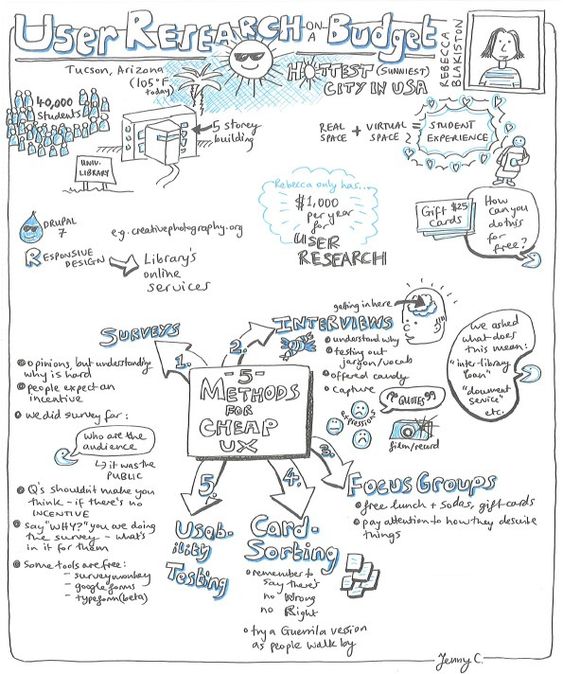
The result is a form of incremental innovation, optimizing the solution through a hill-climbing process.We are encouraged to observe and study the issues, find out the fundamental causes, needs, potential solutions, which more and deeper than surface symptoms. It is action-oriented, learning by doing, through repeated iterations of making, testing, and observation.
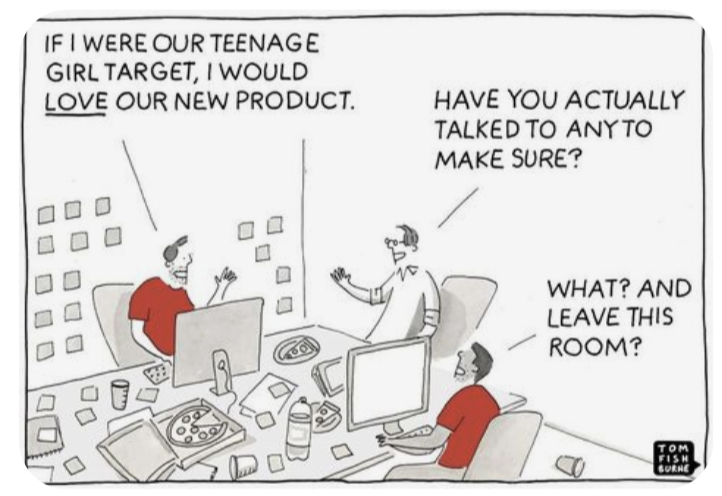
The development of design is strongly related to design education, and the direction of design education should also change along with the development of design. I don’t deny that traditional skills are valuable, but they cannot become an leader because of his nature. But if you want to become a leader of designer of the future one day, then we have to look to the future.We will explore more technology, social science and the complexity of the world. Believes in and works through design to solve the great problems of our society, playing a role in the structures, rules, laws and customs of the real world.
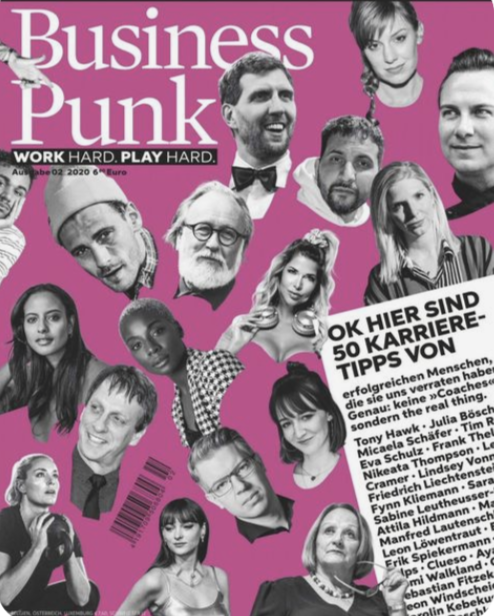
Design is not only a way of thinking but also a craft. In fact, most of outstanding design thinkers started out as professionally trained craftsmen. When we encounter two forks in the road of design, it may not be necessary to choose only one way, many people have adapted to both roles. There is no doubt that this world need both thinkers and doers.
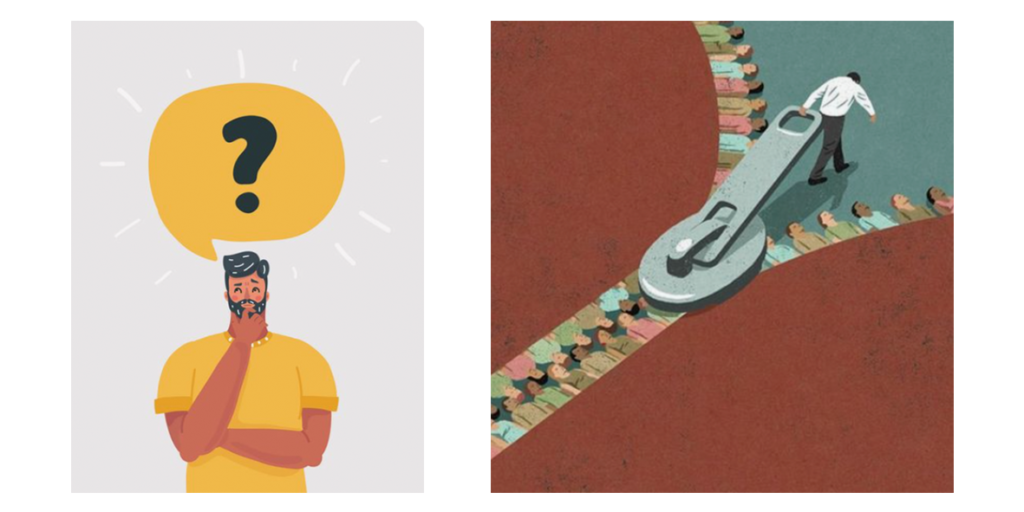
It is deep embodied thought, embodied in action, in physical structure, and informed not by abstract principles but by the real evidence of the responses to the probe.
